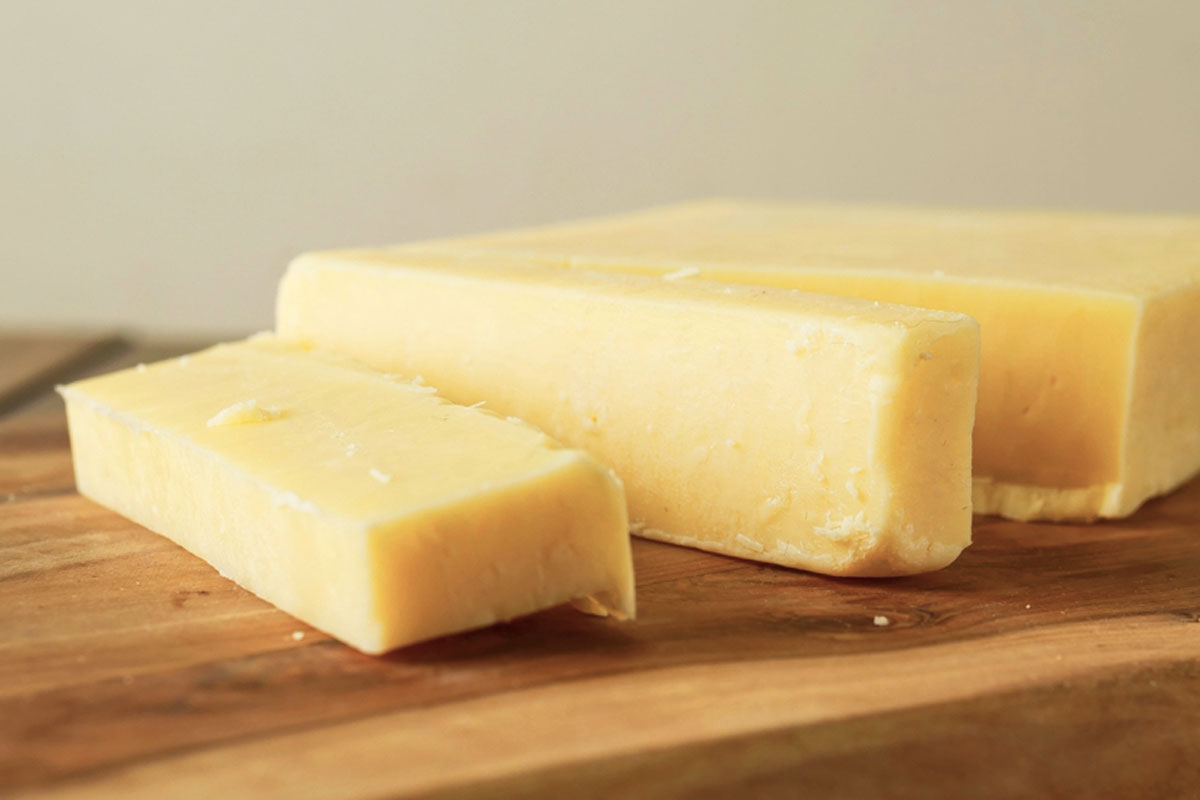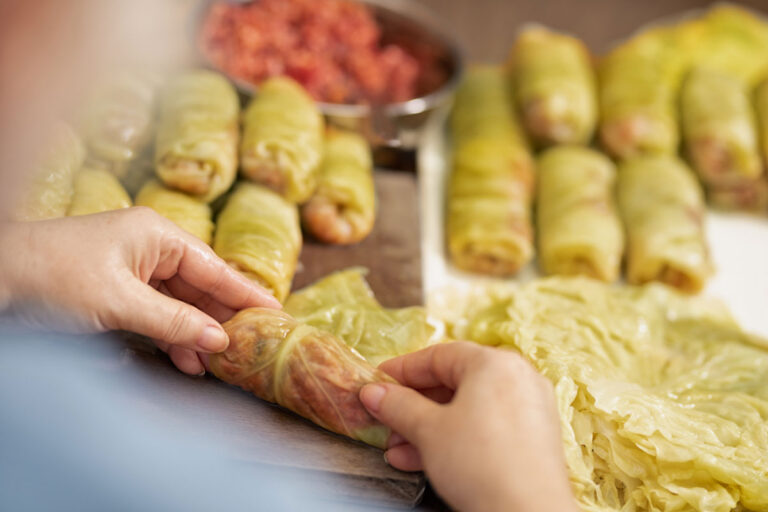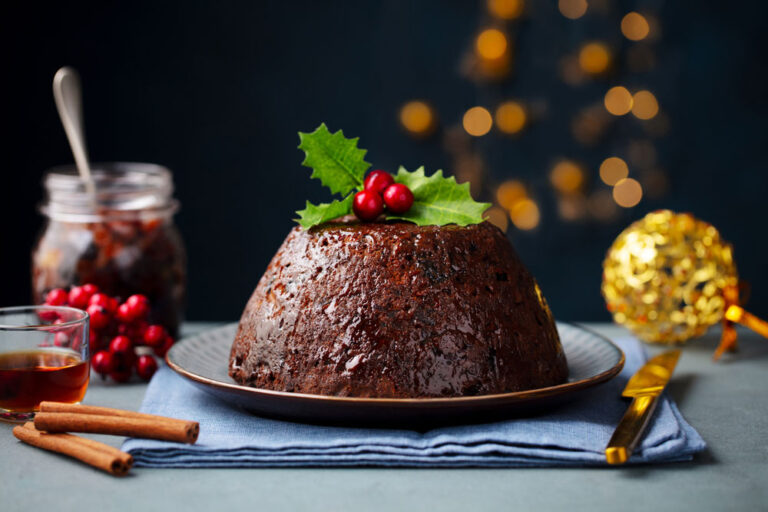Introduction to Dubliner Cheese
Dubliner cheese is a unique and versatile cheese that hails from the lush, green countryside of Ireland. Created by the well-known Irish dairy brand, Kerrygold, Dubliner cheese is named after Ireland’s vibrant capital city, Dublin, though it is produced in the rural areas of the country. This cheese has gained international acclaim for its distinctive flavor profile, which combines the sharpness of mature cheddar, the nuttiness of Swiss cheese, and the slight bite of Parmesan.
One of the most appealing aspects of Dubliner cheese is its complex taste, which can be attributed to the specific recipe and the high-quality milk used in its production. The cows that produce the milk for Dubliner cheese graze on the rich, fertile pastures of Ireland, known for their exceptional grass quality, which imparts a unique richness to the milk and, consequently, to the cheese. This results in a cheese that is not only flavorful but also embodies the essence of the Irish dairy tradition.
Dubliner cheese is known for its granular texture and slightly crumbly consistency, making it a delightful addition to a variety of dishes. Its flavor deepens and intensifies as it ages, often being matured for over a year to develop its characteristic taste. This maturation process allows the cheese to develop a robust and nuanced flavor that is both savory and slightly sweet, making it a favorite among cheese enthusiasts and a staple in both culinary and cheese-tasting contexts.
History and Origins of Dubliner Cheese
Dubliner cheese, though relatively new in the world of cheese-making, has quickly become a beloved and respected variety. It was first introduced in the late 1990s by Kerrygold, an Irish dairy cooperative known for its premium dairy products. The inception of Dubliner cheese is attributed to John Lucey, an experienced cheese-maker who aimed to create a unique cheese that would stand out in both flavor and texture.
The inspiration for Dubliner cheese came from a desire to blend the best characteristics of several well-known cheese types. Lucey sought to combine the sharpness and mature taste of cheddar, the nuttiness of Swiss cheese, and the granular texture reminiscent of Parmesan. The result was a cheese that not only offered a complex and distinctive flavor but also represented a new and innovative addition to the cheese market.
Dubliner cheese is crafted using traditional cheese-making methods passed down through generations, combined with modern techniques to ensure consistency and quality. The milk used in its production comes from grass-fed cows, which graze on the lush pastures of Ireland. This high-quality milk is crucial to the rich and creamy taste of the cheese. The cows’ diet, consisting predominantly of natural grass, contributes to the milk’s superior quality, which in turn enhances the flavor and texture of the cheese.
Once the cheese is made, it undergoes a lengthy maturation process, often aged for over a year. This aging process is essential in developing the cheese’s unique flavor profile. During this time, the cheese matures and develops its characteristic sharpness, nutty undertones, and slightly sweet finish. The aging process also allows for the development of the cheese’s crumbly yet creamy texture, making it a versatile option for a variety of culinary uses.
Dubliner cheese’s rise to popularity can be attributed to its unique taste and the high standards of its production. It has won numerous awards and accolades, further cementing its place in the global cheese market.
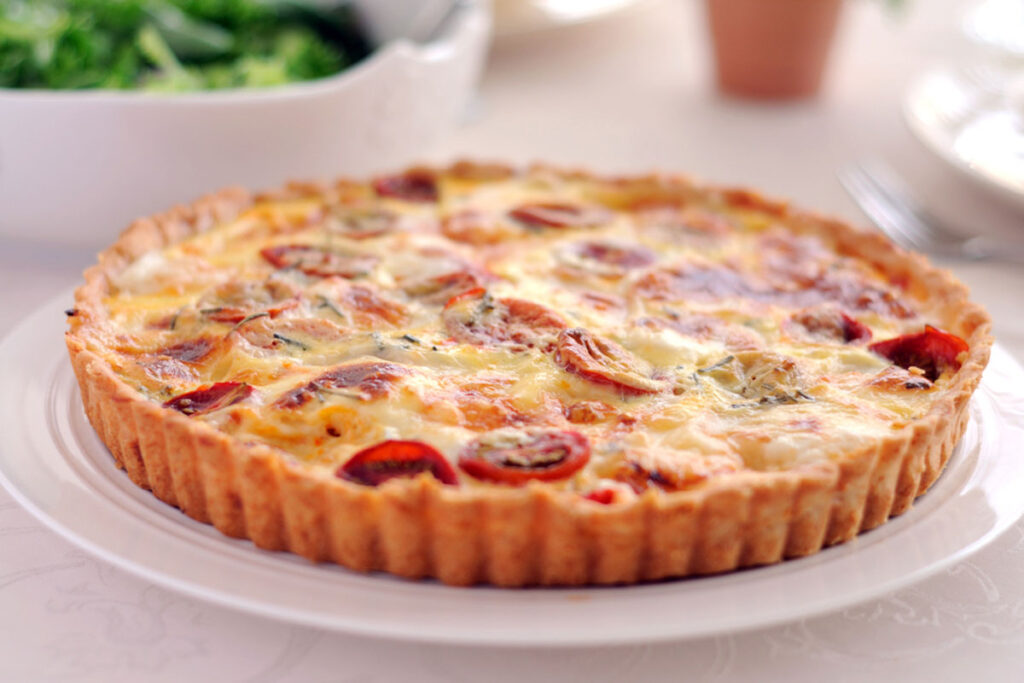
The Production Process of Dubliner Cheese
The production of Dubliner cheese is a meticulous process that combines traditional cheese-making techniques with modern advancements to ensure a consistent and high-quality product. This process can be divided into several key stages: milk collection, curd formation, pressing, aging, and packaging.
1. Milk Collection:
The journey of Dubliner cheese begins with the collection of milk from grass-fed cows that graze on the rich, green pastures of Ireland. The quality of the milk is paramount, as it directly influences the flavor and texture of the cheese. The cows’ diet, consisting mainly of natural grass, imparts a distinctive richness to the milk, contributing to the unique taste of Dubliner cheese. The milk is collected and transported to the cheese-making facility under strict hygiene standards to maintain its purity and freshness.
2. Curd Formation:
Once at the facility, the milk is pasteurized to eliminate any harmful bacteria while preserving the beneficial enzymes necessary for cheese-making. After pasteurization, a combination of bacterial cultures and rennet is added to the milk. The bacterial cultures help in the development of flavor, while rennet causes the milk to coagulate, forming curds. This mixture is then allowed to sit until it thickens and curdles, separating into solid curds and liquid whey.
3. Cutting and Cooking the Curds:
The curds are then cut into small pieces to release more whey. The size of the curds can affect the final texture of the cheese; smaller curds result in a firmer cheese, while larger curds yield a softer texture. After cutting, the curds are gently heated and stirred to further expel whey and firm up the curds. This cooking process is carefully controlled to achieve the desired texture.
4. Pressing:
The curds are then drained of whey and placed into molds. These molds shape the curds into blocks and apply pressure to expel any remaining whey. Pressing is crucial as it helps to form the structure of the cheese and removes excess moisture, which is necessary for proper aging. The pressed curds are left to rest and solidify into cheese blocks.
5. Salting:
Once the cheese blocks are firm, they are removed from the molds and salted. Salting not only enhances the flavor of the cheese but also acts as a preservative, inhibiting the growth of undesirable bacteria. The salt can be applied directly to the cheese or the cheese can be soaked in a brine solution.
6. Aging:
The cheese blocks are then moved to aging rooms where they mature for over a year. During this time, the cheese develops its characteristic flavor and texture. The aging process is closely monitored, with conditions such as temperature and humidity carefully controlled to ensure optimal aging. As the cheese ages, it develops a granular texture and a complex flavor profile that includes sharp, nutty, and slightly sweet notes.
7. Packaging:
After the aging process is complete, the cheese is carefully inspected for quality. It is then cut into smaller portions, if necessary, and packaged for distribution. The packaging is designed to protect the cheese and maintain its freshness until it reaches consumers.
Nutritional Profile and Health Benefits of Dubliner Cheese
Dubliner cheese is not only prized for its distinctive flavor and versatility in the kitchen but also for its nutritional benefits. Like many dairy products, it is rich in essential nutrients that contribute to a balanced diet. Here, we explore the key nutritional components of Dubliner cheese and their associated health benefits.
Nutritional Profile:
1. Protein:
Dubliner cheese is a good source of high-quality protein, which is essential for the growth and repair of tissues, production of enzymes and hormones, and maintenance of muscle mass. A typical serving of Dubliner cheese (about 1 ounce or 28 grams) provides approximately 6-7 grams of protein.
2. Calcium:
Calcium is crucial for maintaining strong bones and teeth, as well as for proper muscle function, nerve transmission, and blood clotting. Dubliner cheese is rich in calcium, with a single serving offering about 200-250 milligrams, contributing significantly to the daily recommended intake.
3. Phosphorus:
Phosphorus works in conjunction with calcium to build and maintain bones and teeth. It also plays a role in energy production and storage. Dubliner cheese provides a substantial amount of phosphorus, helping to support these bodily functions.
4. Vitamin A:
Vitamin A is important for vision, immune function, and skin health. Dubliner cheese contains this fat-soluble vitamin, contributing to the maintenance of good health.
5. B Vitamins:
Dubliner cheese includes several B vitamins, such as riboflavin (B2) and cobalamin (B12). These vitamins are essential for energy production, red blood cell formation, and neurological function.
6. Fat:
While Dubliner cheese contains fat, it primarily consists of saturated fats. Fat is necessary for the absorption of fat-soluble vitamins (A, D, E, and K) and provides a concentrated source of energy. However, it is important to consume fats in moderation as part of a balanced diet.
7. Calories:
A typical serving of Dubliner cheese contains around 110-120 calories, making it a nutrient-dense food that provides energy along with essential nutrients.
Health Benefits:
1. Bone Health:
The high calcium and phosphorus content in Dubliner cheese supports strong bones and teeth, helping to prevent conditions such as osteoporosis.
2. Muscle Maintenance:
The protein in Dubliner cheese aids in muscle repair and growth, making it a valuable addition to the diet, especially for those who are physically active.
3. Immune Support:
Vitamins A and B12 play key roles in maintaining a healthy immune system, and their presence in Dubliner cheese can help support overall immune function.
4. Eye Health:
Vitamin A is essential for good vision, and regular consumption of Dubliner cheese can contribute to eye health.
5. Energy Production:
The B vitamins in Dubliner cheese are crucial for converting food into energy, supporting metabolism and overall vitality.
6. Satiety and Weight Management:
The protein and fat content in Dubliner cheese can help promote feelings of fullness and satiety, potentially aiding in weight management when consumed as part of a balanced diet.
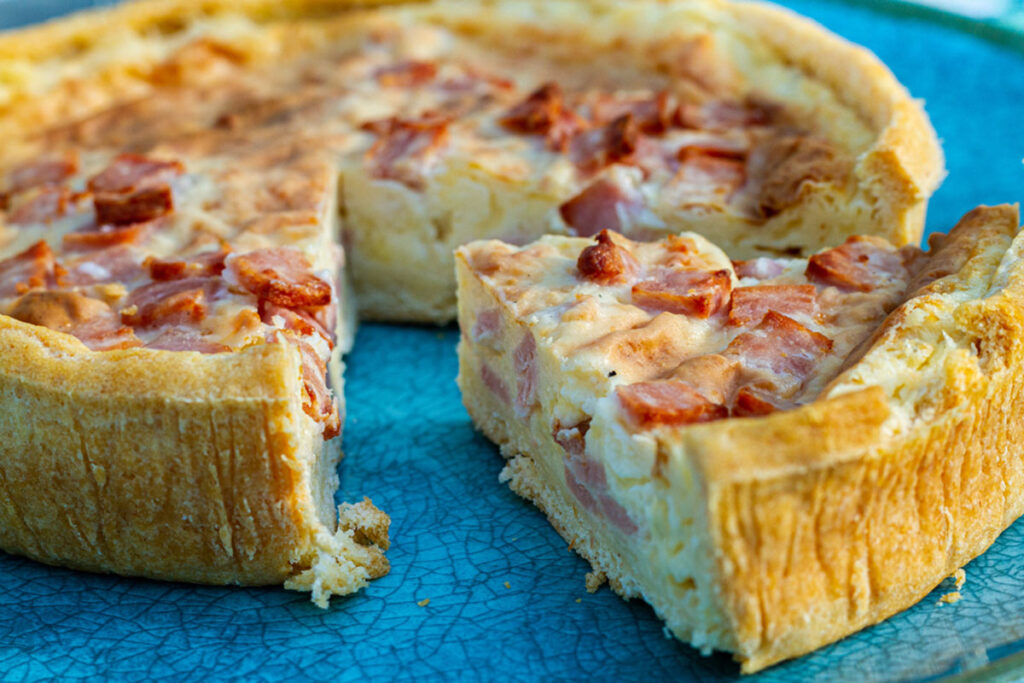
Culinary Uses of Dubliner Cheese
Dubliner cheese’s rich, nutty flavor and versatile texture make it an excellent ingredient in a variety of culinary applications. Whether you’re looking to enhance a simple dish or create a gourmet masterpiece, Dubliner cheese can add a distinctive touch to your cooking. Here are some popular and creative ways to use Dubliner cheese in your kitchen:
1. Cheese Boards and Appetizers:
Dubliner cheese is a fantastic addition to any cheese board, paired with an assortment of crackers, fruits, nuts, and charcuterie. Its unique flavor profile complements a variety of other cheeses and meats, making it a standout option for entertaining guests. Try serving it with apple slices, grapes, or a drizzle of honey for a delightful contrast of flavors.
2. Sandwiches and Paninis:
Enhance your sandwiches and paninis with the creamy, sharp taste of Dubliner cheese. It melts beautifully, making it perfect for grilled cheese sandwiches, turkey and cheese paninis, or even a classic ham and cheese croissant. The cheese adds a rich, savory element that elevates the overall taste of the sandwich.
3. Salads:
Grated or crumbled Dubliner cheese can add a delicious depth of flavor to salads. Its slightly sweet and nutty taste pairs well with fresh greens, tomatoes, and other vegetables. Try it in a mixed green salad with cranberries, walnuts, and a balsamic vinaigrette, or in a Caesar salad for a unique twist.
4. Pasta Dishes:
Dubliner cheese can be used to enhance a variety of pasta dishes. Its robust flavor works well in creamy sauces, adding a gourmet touch to mac and cheese, alfredo, or carbonara. You can also sprinkle it over baked pasta dishes like lasagna or ziti for an extra layer of richness.
5. Quiches and Tarts:
Incorporate Dubliner cheese into quiches and tarts for a savory, satisfying meal. Its creamy texture and distinctive flavor are perfect for recipes like a Dubliner Cheese and Bacon Quiche or a Tomato Tart. These dishes are ideal for brunches, lunches, or light dinners.
6. Soups:
Add grated Dubliner cheese to soups for a creamy, cheesy finish. It works particularly well in creamy potato soup, broccoli and cheese soup, or even a rich tomato bisque. The cheese melts smoothly, adding a velvety texture and enhancing the overall flavor of the soup.
7. Casseroles and Bakes:
Dubliner cheese is an excellent addition to casseroles and baked dishes. Sprinkle it over a potato gratin, mix it into a vegetable bake, or use it as a topping for shepherd’s pie. The cheese adds a deliciously crispy, golden layer when baked, making these comfort food dishes even more satisfying.
8. Snacks:
Enjoy Dubliner cheese on its own as a simple snack. Cut it into cubes and pair it with a glass of wine, or enjoy it with a slice of crusty bread. Its rich flavor makes it a delightful treat any time of day.
Conclusion:
Dubliner cheese is a versatile and flavorful ingredient that can elevate a wide range of dishes. Whether you’re using it in appetizers, main courses, or simple snacks, its unique taste and texture make it a beloved choice for cheese enthusiasts and home cooks alike. With its rich history, nutritional benefits, and culinary versatility, Dubliner cheese is a true gem in the world of dairy.
Some of our favorite Dubliner Cheese recipes:
DUBLINER CHEESE AND TOMATO TART
DUBLINER CHEESE AND BACON QUICHE
DUBLINER CHEESE AND GUINNESS DIP
DUBLINER CHEESE AND BACON POTATO SKINS
DUBLINER CHEESE, SPINACH, AND HAM FRITTATA
DUBLINER CHEESE AND POTATO TART




